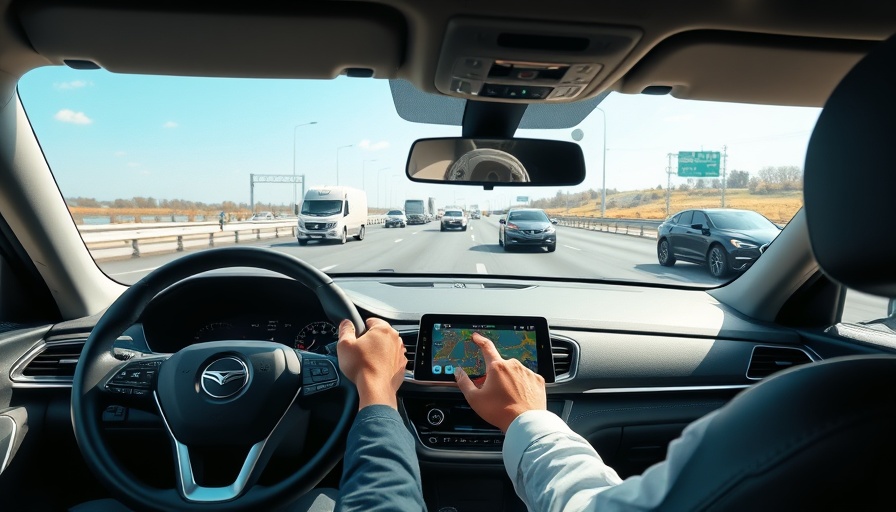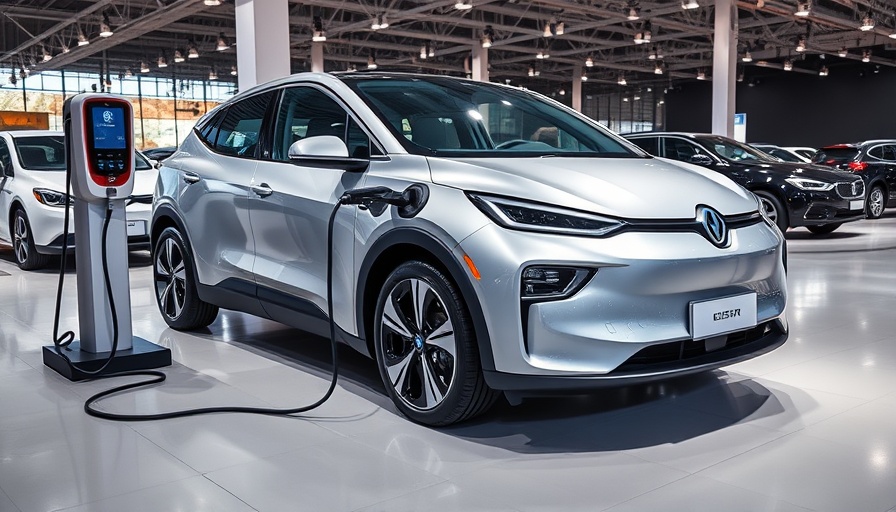
Revolutionizing Road Safety: Nissan's Inter-Car Communication System
Nissan is taking bold strides towards reducing traffic congestion by testing innovative inter-car communication technology alongside its ProPILOT Assist system. This groundbreaking feature allows cars to communicate with each other, sharing real-time data about road conditions, potential hazards, and traffic flow. As congestion continues to plague cities worldwide, this advancement represents a significant leap toward smarter roadways.
How Inter-Car Communication Works
The core functionality of this system lies in using advanced sensors and algorithms that analyze data from various sources, such as other vehicles on the road and traffic signals. By harnessing this information, cars can make intelligent decisions to conserve fuel, reduce travel time, and enhance overall safety. In real-time, vehicles can alert one another to slowdowns or obstacles, creating a dynamic exchange of information that promises to reshape driving experiences.
The Broader Impact on Urban Mobility
Adopting such technology not only aims to alleviate congestion but also has broader implications for urban mobility and environmental sustainability. By optimizing traffic flow through continuous communication, cities can witness reductions in emissions and fuel consumption. Furthermore, it opens doors to integrating electric vehicles into the communication network, amplifying the potential for cleaner transportation systems.
Challenges and Considerations Ahead
While the benefits appear promising, challenges remain in the implementation of inter-car communication technology. Concerns about data privacy and hacking are pivotal issues that necessitate robust cybersecurity measures. Additionally, the need for widespread adoption means that cooperation from various manufacturers and regulatory bodies is essential for seamless integration across the vehicles of different brands.
Looking Ahead: Future of Connected Vehicles
The foresight of Nissan's inter-car communication system is not just about reducing congestion but paving the way for an entirely connected vehicle ecosystem. As this technology progresses, implications extend to autonomous driving, where vehicles could make fully informed decisions based on networked data, potentially leading to safer road travel experiences for all.
 Add Row
Add Row  Add
Add 




Write A Comment